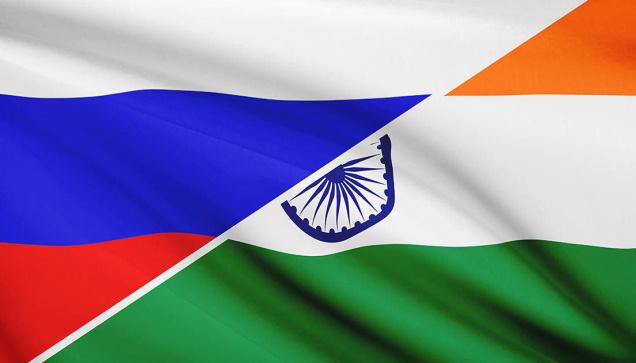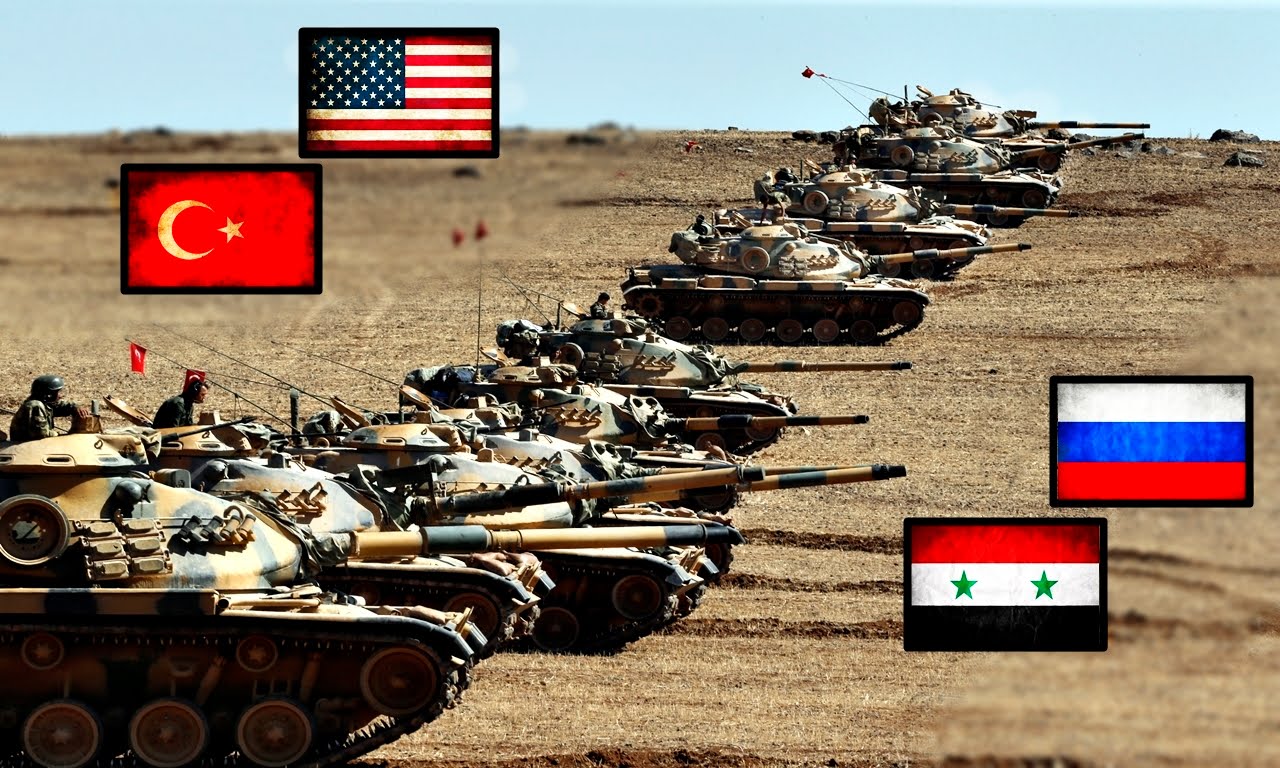Analysis
Moscow’s assertive stance since a Turkish fighter downed a Russian Su-24 in late November has started to affect Washington and Ankara’s air operations over Syria. Russian President Vladimir Putin said in a Dec. 17 interview that he sees no prospect of improving ties with Turkey. Putin then dared Turkey to fly over Syrian airspace in the wake of Russian deployments of air defense assets in the country. Earlier Dec. 17, Bloomberg reported leaks from unnamed White House officials indicating that the U.S. Air Force had temporarily halted manned aerial missions inside an area the U.S. military designates “Box 4,” also known as the Azaz corridor, which is west of the Euphrates River along the Turkish border. U.S. and Turkish aircraft had been supporting rebel groups combating the Islamic State in the region. The Pentagon was forced to suspend aerial operations here for all but drones when Russia deployed SA-17 surface-to-air missile systems to the area. These systems are backed up by long-range strategic surface-to-air missile systems based in Latakia province, northwest Syria. Russia also ramped up air operations near the Turkish border, interfering with U.S. and allied support for rebels in the area.
Since Russia began its air deployment to Syria in September, the United States and Russia have been working to de-conflict their operations. But Washington has not completely disclosed details of flight plans to Moscow. Instead, the two sides have put a system in place that relays general areas of operation and enhances communications procedures to avoid accidents. For instance, the United States could inform Russia in broad terms where aircraft will be operating, including other details such as the time and duration of the flights. There would also be measures in place to communicate between aircraft if U.S. and Russian aircraft do cross paths. Sharing would not include the type and number of aircraft deployed. Essentially, this means that Russia would not be able to differentiate between U.S. and other aircraft in a given area over Syria.
This probably explains why Russia’s SA-17 advanced air defense systems have been using their radar to lock onto U.S. aircraft that have entered northern Syria, a practice known as “painting.” Moscow appears to be trying to determine whether the aircraft are Turkish. In a bid to exclude Turkish warplanes from Syrian airspace, Russia’s active air defense measures likely include locking onto unidentified aircraft then jamming or aggressively intercepting them. Any of these measures would impede U.S. and other air activity, raising the risk of an incident and escalation. Washington has elected to avoid this outcome by pulling back its aircraft from the Azaz corridor entirely.
Russia’s increased activity in the area along the Turkish border also undermines Turkish efforts to establish a buffer zone, which would likely include an expanded no-fly zone. Ankara has been cooperating with Washington to support an offensive by friendly rebel forces, and potentially Turkish ground forces, in an area extending from the city of Azaz along the Turkish border to the Euphrates River. The offensive is intended to push out the Islamic State, prevent Kurdish expansion and strengthen Turkey’s rebel proxies. But without comprehensive air support and under pressure from Russian airstrikes, the Syrian rebels would be unable to mount a serious effort against the Islamic State in the area. This could undermine or even halt the planned upcoming offensive.
Ultimately, Moscow has adopted a risky and assertive position in Syria with these recent actions. Its overall goal, however, is clearly to exact strategic concessions that would protect the government of Syrian President Bashar al Assad. This has already begun to work. The United States has ramped up negotiations with Moscow to try to defuse the dangerous standoff over northern Syria. U.S. Secretary of State John Kerry held talks with Russian Foreign Minister Sergei Lavrov and President Vladimir Putin on Dec. 15 and reportedly made concessions as to how long al Assad can remain in power.
But Moscow is also looking to make gains outside of Syria, particularly in the ongoing standoff over Ukraine and Western sanctions. There are limits to how far Putin can push the United States. Though the United States has sought to avoid confrontation, there is no guarantee it would not push back against Russia in Syria in the near future. Moscow can easily prolong the stalemate on the Syrian battlefield by playing up tensions with Ankara while remaining open to talks with Washington. In return, the United States can threaten to become more active in Russia’s near abroad. So while leaders continue to negotiate over Syria, developments on the ground are upping the urgency of the talks.








